Hello Sewing Loft readers! I’m glad to be back today to show you how to draft your pajama pants pattern based on a pair of pants you already own.
As you remember from last time, in addition to your fabric and elastic, you’ll need these supplies:
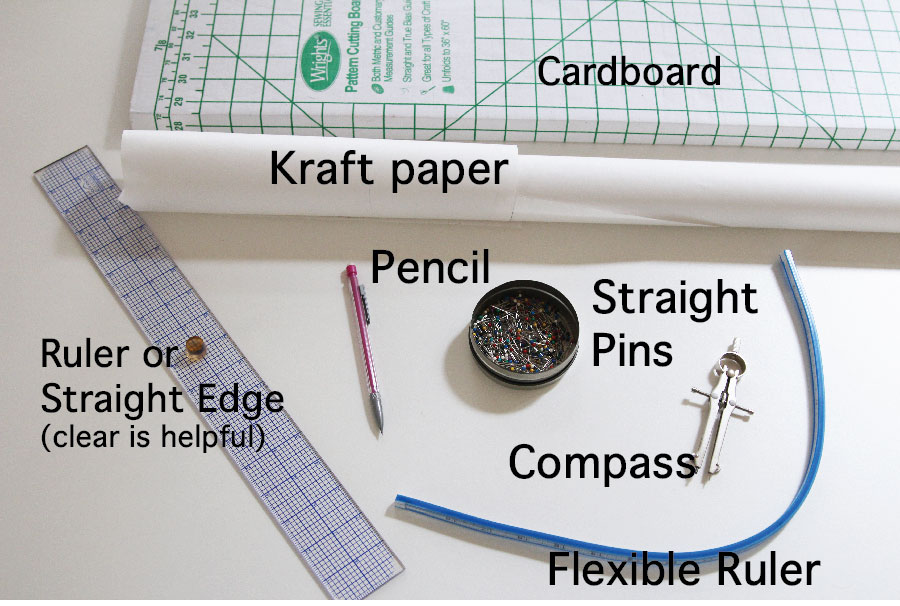
A note on fabric – if your pajamas are knit, plan to sew them from knit. If they’re woven, plan to sew from woven. You could probably use woven pants to make a pattern sewn with knit without dire consequences, but whatever you do, DON’T use knit pajamas to make a pattern and then sew them from woven fabric. It won’t work. My junior high know it all self tried this (instead of listening to my mom) and it WAS.NOT.PRETTY. (and also, I’m sorry, Mom).
We’ll start with the front. Fold your pants so you can see the front leg and seams. You may want to pin the legs together, especially if your pajamas are knit or something slippery like satin. Lay your paper on top of the cardboard, and then put your pajamas as flat as possible on top. For the record, I used a capri length pair for this and lengthened the legs. That’s not a big deal; the important part of pajamas fitting the way you want is the depth and curve of the rise.
Starting with the lower legs, insert pins straight down through the seams into the cardboard every few inches. This will make pindots you can later connect to see the shape of your pant leg.
Continue up toward the top of your pants. Pin right along the seam of the rise, shifting the other side of the pants so that the rise lies flat. Then unpin the rise (leave the lower legs pinned) and shift your pants to the other side, so that the fabric lies flat. Check that you correctly got the full width of the fabric by stretching out your waistband and marking the edges of it with pins or with a pencil. Make sure to also poke pins in at the bottom of the waistband – and label these marks out to the side with pencil.
Remove the pins and your pajamas from the paper. Now using your ruler(s) connect your pindots into the shape of your front pant leg.
Since you are copying a garment that is already sewn, you need to add seam allowances now. This is where the compass comes in handy, but you can also do this with a ruler marking out the seam allowance every so often and connecting the dots. I used a 1/2″ (12mm) seam allowance.
You’ll notice in the picture below I went ahead and marked out the pocket, for future reference, in case I want pants with pockets. When you draw in the top of the pants, draw this line to connect your two bottom of the waistband points, not where the actual top of your pants was, because we are going to be adding a separate waistband piece.
Begin the back leg in the same way, starting with the lower leg, moving up to the rise and then the other side. However, there’s a chance (depending on your particular pajamas) that you won’t be able to see the inseam when you are working on the back. This is common in pants with a deeper back rise, which are often favored by those of us with some junk in our trunk. So, if that describes your pants, go ahead and trace the side of the leg you can see (left in the picture below) and I’ll show you how to add the seam.
Make sure to pin the pant leg together, so that nothing shifts, because you’re about to turn it over and look at the other side. Looking at the front side of the pants, measure how much of the back leg piece wraps around to the front when the pants are flat. Take a measurement at the crotch point and at the ankle; chances are good that the measurement will be much deeper in the crotch and nonexistent or very narrow near the ankle.
Measure the same distances out from the inseam on your pin drafted pattern piece, so that you have an accurate representation of where the seams are. Now add your seam allowances.
Now do a check on your leg patterns – make sure the inseam and outseam lengths match, and if not, adjust accordingly.
To make the separate waistband, measure your front and back pieces at the top between the seam allowance markings, so you’re measuring only the original pin dots. Add 1/2″ (12mm) to this measurement, and this will be the length of your waistband piece. Double the width of your waistband and add 1″ (25mm) to get the height of your waistband. Draw out a rectangle with these dimensions and label one short edge as the fold
If you choose to make cuffs for your pants, you would do it the same way as we made the waistband, except you would measure the width of the sewn pants leg, so I find it best to do this once you have your pants sewn together.
Now that you have a front, back and a waist, cut out your fabric. For your first time, you should probably use muslin or other fabric you aren’t attached to, in case there is an issue. And remember, use knit fabric if you copied knit pajamas, woven fabric if you copied woven pajamas.
Start by sewing your front pieces together along the rise line, right sides together. Do the same thing for the back rise.
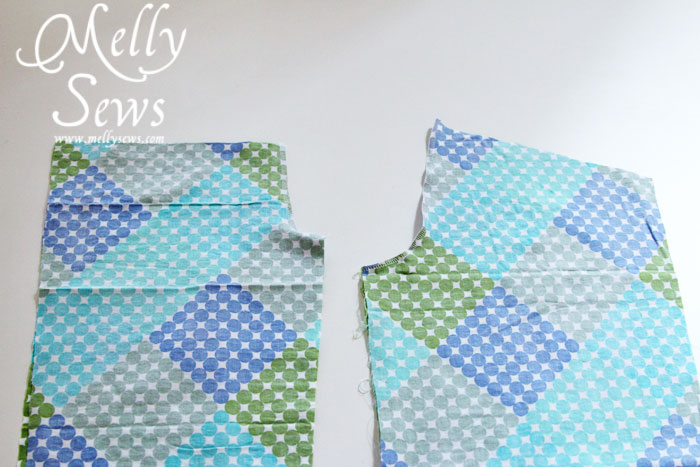
Now lay your pants front on your pants back, right sides together, matching the outseams. Sew down these seams, then line up your crotch seam and inseams and sew down this all in one long seam.
Sew short ends of the waistband together to form a loop. Line this seam up with the center back seam, and pin your waistband around the top of your pants. Stitch in place.
Iron the other edge of the waistband under slightly, then pin it so it barely covers the seam joining the waistband to the pants.
Stitch right next to the waistband to secure it in place, leaving an opening to insert elastic.
Insert your elastic
Sew your elastic into a loop and sew the opening closed.
If you are adding cuffs to your pants, now is the time to sew and measure. These get sewn on the same way as the waistband, without the elastic. Unless that’s the look you’re going for.
Try on your pants – you’re done!
Next week I’ll be back, and I want your questions about making the pants. Did you get confused about anything? Run into an issue? You’ve got a week to sew and save your questions to ask me next time. And remember we want to see your pajama pants pattern come to life. Please share photos in the flickr group!
[ts_fab]

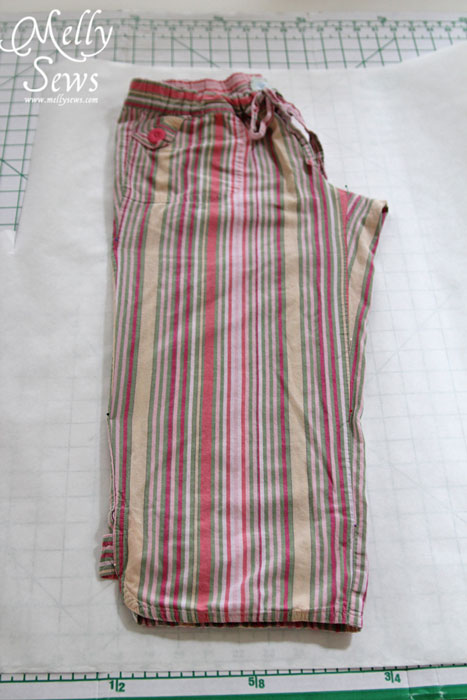
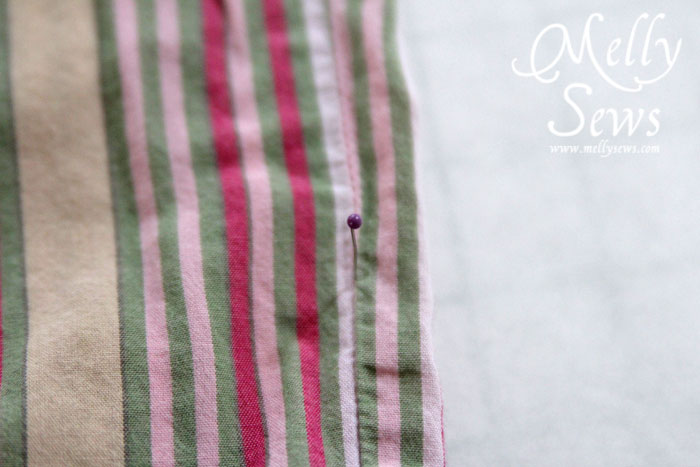
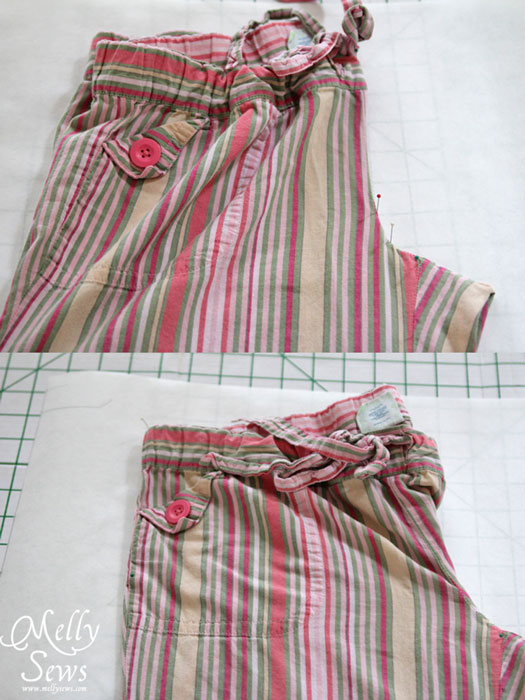
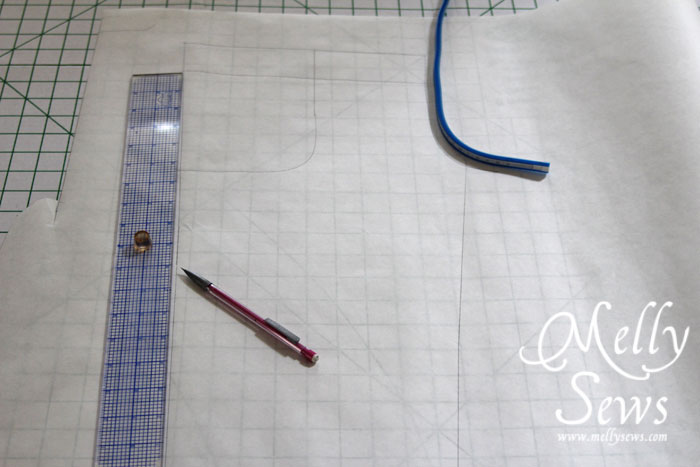
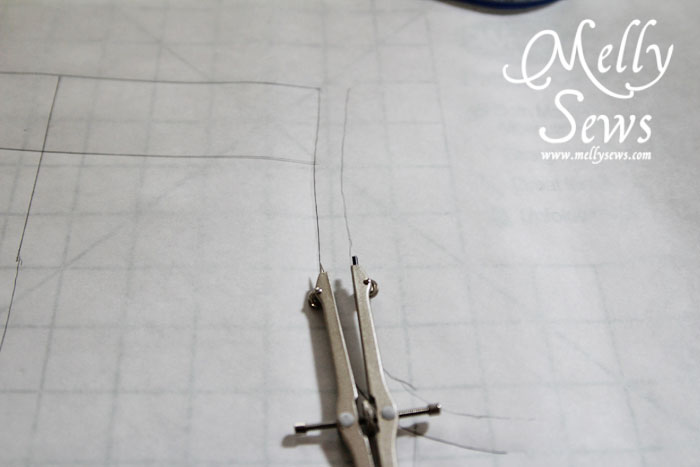
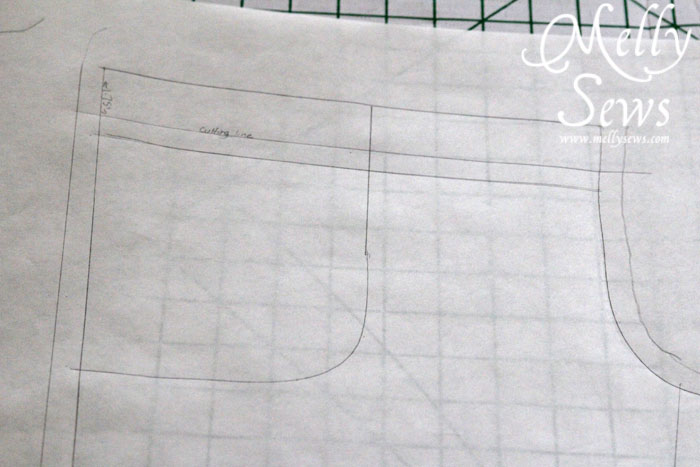
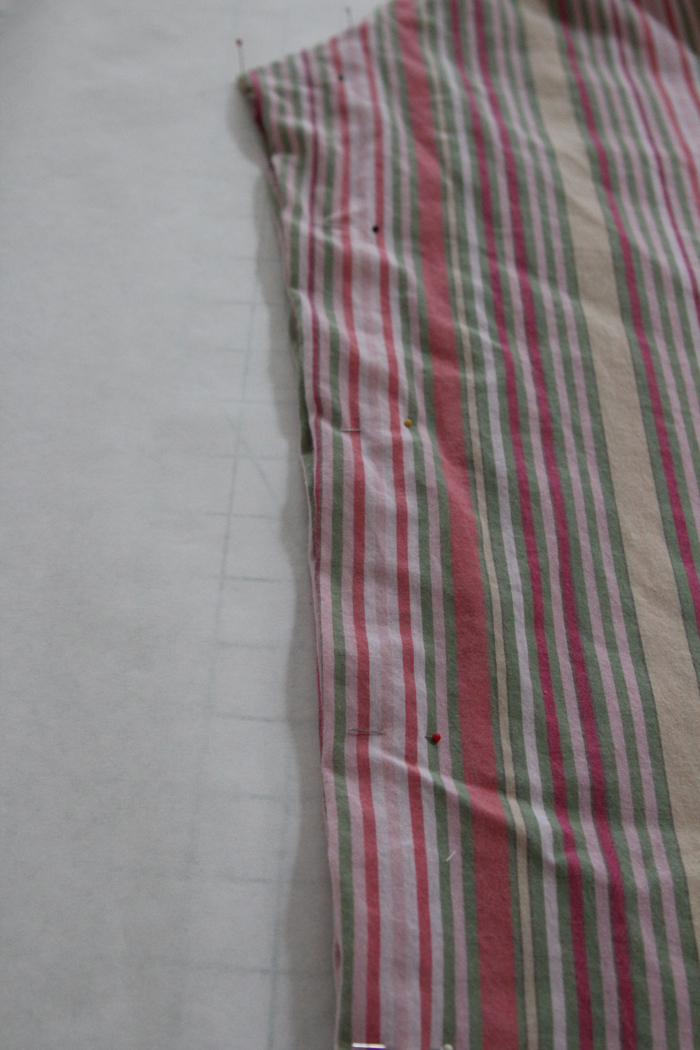
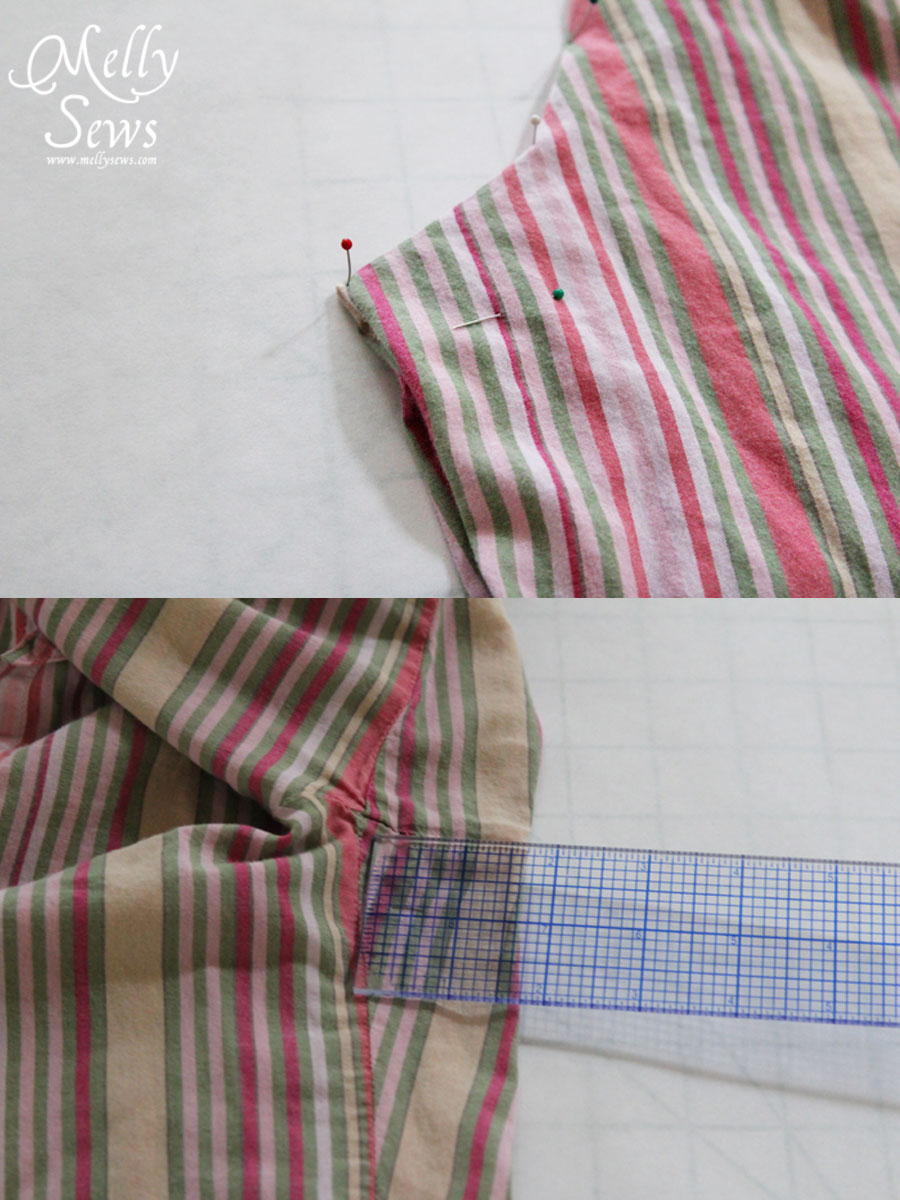

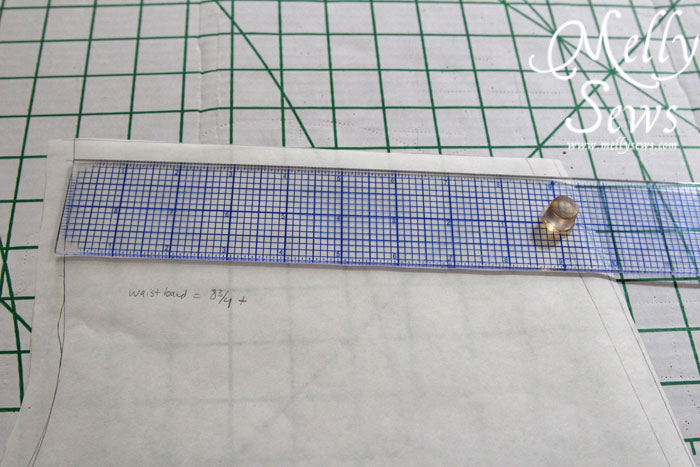
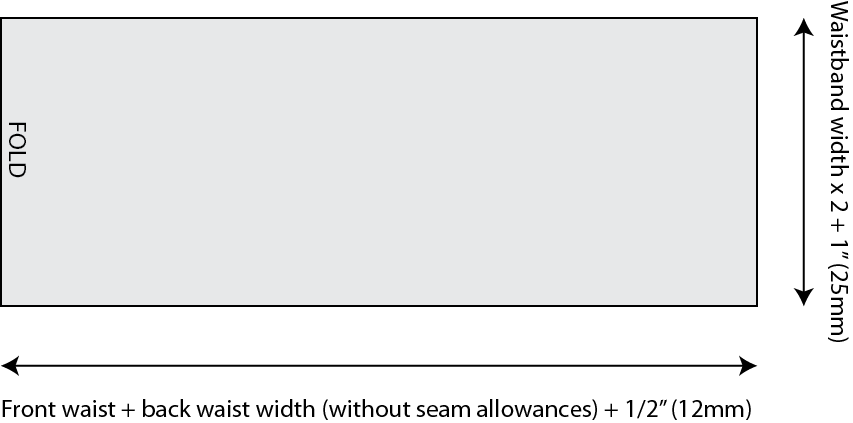
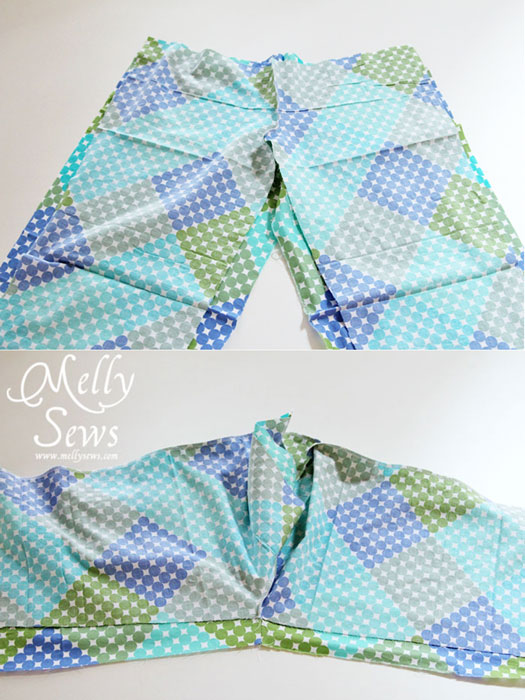
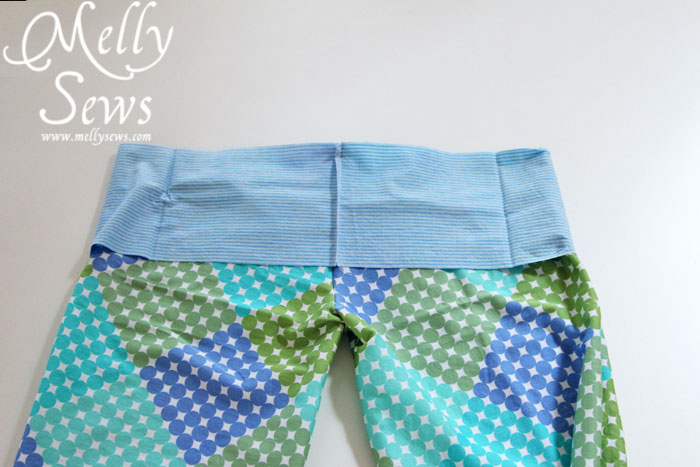
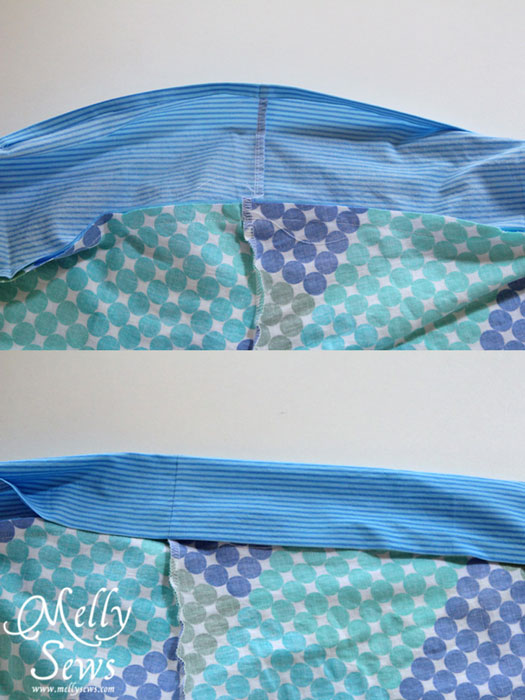
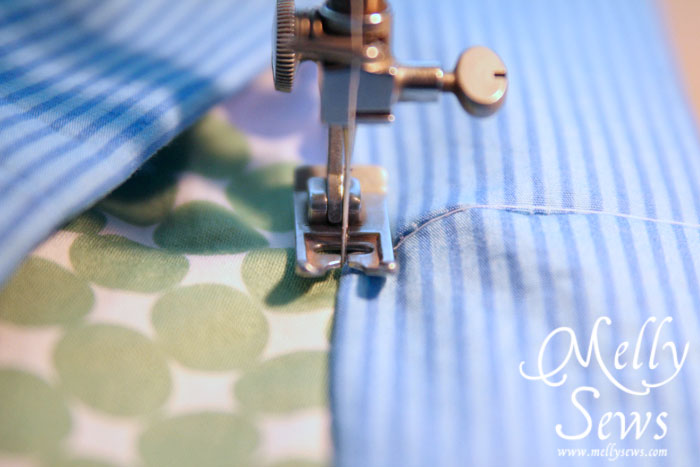
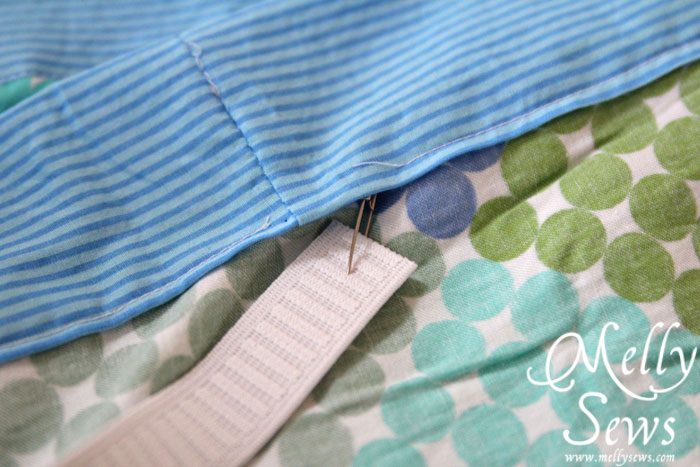
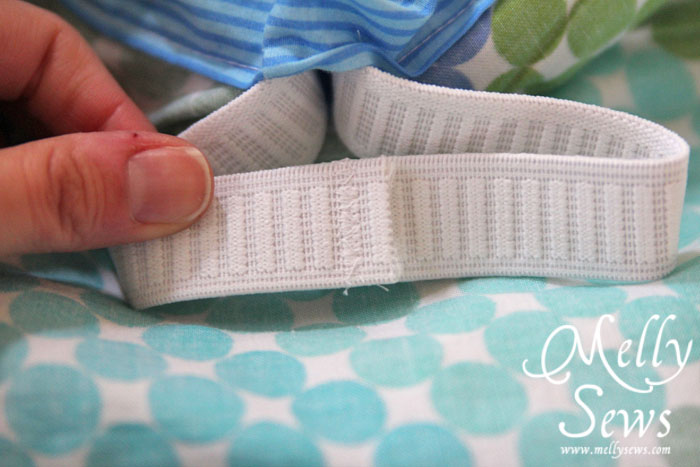
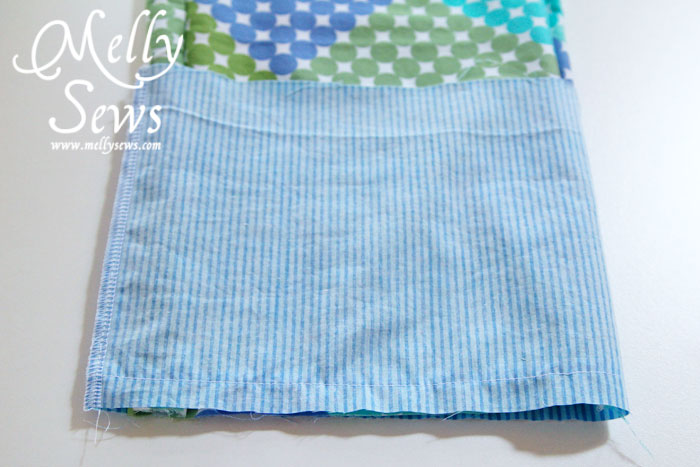
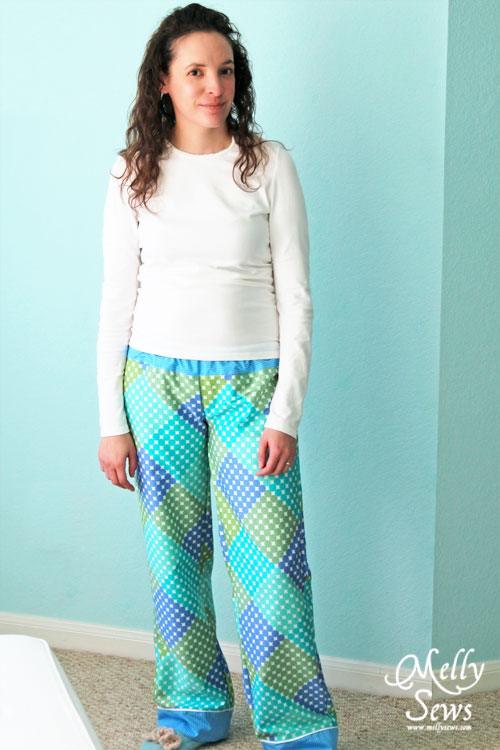
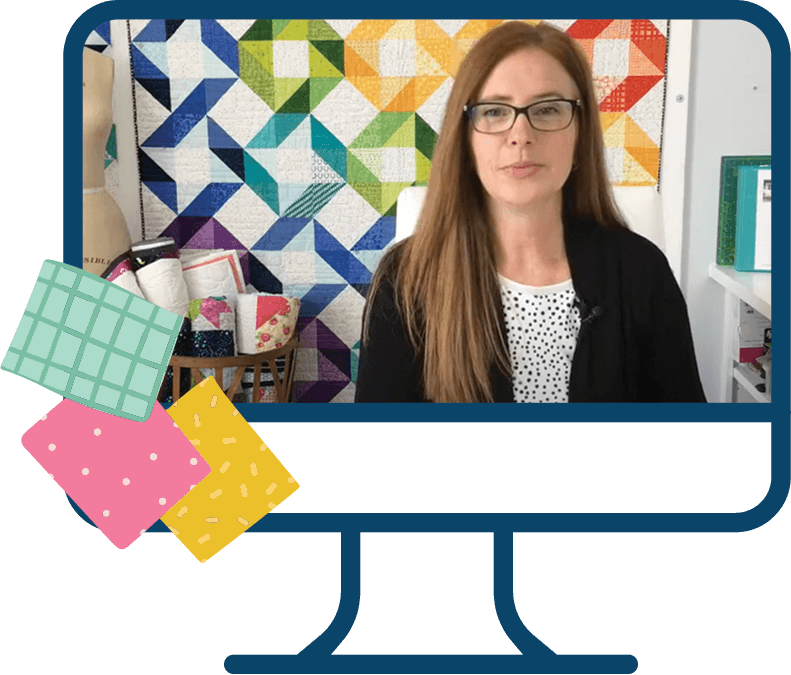

Comments & Reviews
Love this idea. Why didn’t’ I think of the cardboard/pinhole idea. That is fabulous! So, you could conceivably use this method for regular pants too! Thanks I hope to make a pair tonight. I will share my results.
I’m probably one ofthe few people making a knit pant in a dull color, but the old knit pants are ones that need to be replaced. Regarding tools, an architect lives in this house and there is no compass to be found. I just uploaded my invention in lieu of a compass on the SLC Flickr page. Served the purpose….. 🙂
i love this….its trully helps me a lot.. ;>>>>>
Love this! Thank you!
Thank you so much for creating this brilliant tutorial. So easy to follow and well thought out. I have made two pairs for family christmas presents and I like them so much, I think I might have to make some for myself too! I’ll try and get a photo for the Flickr come Christmas Day. 🙂
Thanks for this great tutorial. How much fabric should I start out with?